Picture this: After weeks of spring showers, your neighbor’s yard dries within hours while yours stays swamp-like for days. Muddy patches ruin family cookouts, and that charming garden path? Now a mini-lake. This scenario plays out daily across Washington DC, Maryland, and Virginia homes where water management challenges turn dream yards into frustration zones.
We’ve seen how persistent moisture creates more than just inconvenience. When soil stays saturated, grass roots literally drown—oxygen-starved and vulnerable to disease. Compacted earth from foot traffic worsens drainage issues, while flat terrain traps rainfall like nature’s bathtub. The result? Yellowing grass, mosquito havens, and unusable outdoor areas. Our soggy ground repair services are designed to restore healthy soil and improve drainage, ensuring your outdoor spaces stay lush, functional, and free from standing water.
Our team approaches these yard challenges like detectives. Through property assessments, we identify hidden culprits – whether it’s clay-heavy soil composition, improper grading, or aging drainage systems. Last month, we helped a Bethesda family transform their backyard from marshland to usable space by redirecting water flow and aerating compacted earth.
What makes DMV properties unique? Our region’s mix of historic neighborhoods and varying soil types demands localized solutions. We combine industry-leading techniques with knowledge of area-specific drainage patterns to create lasting results. From Annapolis to Arlington, we’re helping homeowners reclaim their outdoor living areas – one dry lawn at a time.
Key Takeaways
- Persistent yard moisture starves grass roots and promotes plant diseases
- Common causes include compacted soil, flat terrain, and poor drainage systems
- Professional assessments identify specific water management issues
- Custom solutions combine grading adjustments and soil enhancements
- Localized approaches address DMV’s unique geographic challenges
- Effective repairs create lasting outdoor spaces for family enjoyment
Our Expertise in Soggy Ground Repair

Credit: Groundworks
Transforming waterlogged yards requires more than quick fixes—it demands a blend of science and local know-how. We combine advanced soil analysis with decades of DMV-area experience to create lasting solutions for frustrated homeowners. Unlike general landscapers, we treat drainage as the foundation of healthy outdoor spaces.
What Sets Our Solution Apart
Our team carries portable testing kits to measure water absorption rates during initial assessments. “You can’t solve what you don’t measure,” says our lead technician. This data-driven approach helps us:
- Design custom drainage systems matching your property’s slope
- Select soil amendments that improve texture long-term
- Prevent future issues with strategic landscaping choices
We’ve reclaimed over 300 lawns using trenchless pipe installations and precision grading—methods most contractors avoid due to equipment costs. Our clients appreciate how we explain solutions visually, using 3D maps showing water flow patterns before/after repairs.
Why We Serve DC, MD, and VA
The Potomac River watershed creates unique challenges—from Arlington’s clay-heavy earth to Annapolis’s sandy coastal soils. Our five strategically located offices allow same-day assessments across state lines. Whether your property sits on historic D.C. fill dirt or Maryland’s glacial deposits, we adapt techniques to local conditions.
“Regional rainfall patterns demand tailored approaches—a solution for Fairfax won’t work in Frederick.”
By focusing solely on the DMV, we stay updated on municipal codes and native plant options that support drainage. This hyper-local focus helps us turn swampy eyesores into thriving outdoor living areas.
Understanding the Causes of Waterlogged Yards

Credit: Ideal Home
Many homeowners are surprised to learn that their yard’s water issues often start beneath the surface. What appears as simple puddling usually signals deeper soil challenges. We’ve identified two primary culprits that transform lush lawns into swampy messes across our region.
Soil Compaction and Poor Drainage
Compacted soil acts like concrete for rainwater. When earth particles get pressed together, they leave no room for air pockets or water movement. “This creates an invisible barrier,” notes our lead technician. “Moisture pools instead of soaking in, starving grass roots.”
Clay-heavy soils worsen this cycle. Their fine particles stick tightly when wet, forming nearly waterproof layers. Over time, foot traffic and equipment weight squeeze out vital pore space. Healthy earth needs 50% air gaps – without them, drainage fails completely.
Identifying Low Spots and Excess Runoff
Natural dips in your landscape become water traps during storms. These spots collect runoff from higher areas, creating mini-swamps. Watch for clues:
- Puddles lingering 24+ hours after rain
- Spongy turf that stays depressed when stepped on
- Bare patches where grass drowns in standing moisture
We map water paths across properties using storm simulations. This reveals how excess water flows and where improvements matter most. Remember – most yards suffer from multiple issues working together.
Practical How-To Steps for Repairing Soggy Grounds
Standing water after storms doesn’t have to be your yard’s permanent reality. We implement proven methods that address both surface issues and hidden drainage challenges. Let’s explore two powerful approaches that restore balance to waterlogged spaces.
Aeration and Top-Dressing Techniques
Our core aeration process uses specialized equipment with hollow tines spaced 6 inches apart. These remove soil plugs, creating channels for water and air to reach grass roots. Timing matters – we wait for moist (not saturated) conditions to prevent further compaction.
After aerating, we apply a custom blend of compost and horticultural sand. This mixture filters into the holes, improving soil structure naturally. “Those leftover plugs? They’re free fertilizer,” our team notes. Rain dissolves them, adding organic matter back into your lawn.
Installing French Drains and Underground Systems
For persistent water flow, we design French drain systems tailored to your property’s slope. Perforated pipes buried in gravel trenches redirect moisture to safe outflow areas. Proper installation requires:
- A minimum 1% slope for consistent water movement
- Strategic placement along natural runoff paths
- Durable materials that withstand freeze-thaw cycles
We test every system by simulating heavy rainfall. This ensures water flows away from trouble spots as designed. Our methods work with your landscape’s natural contours, not against them – creating solutions that last for years.
Enhancing Soil Health for Improved Drainage
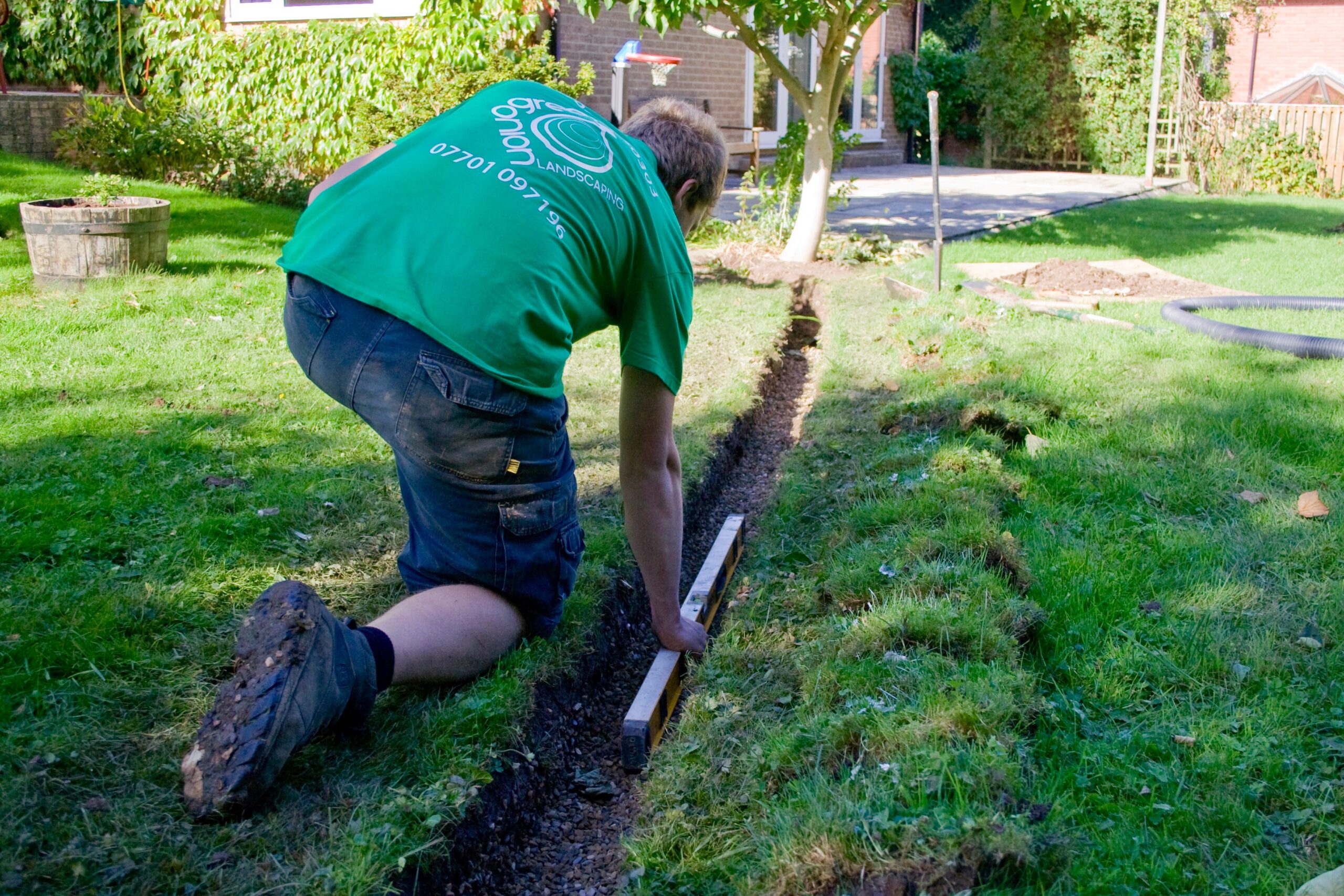
Credit: Green Onion Landscaping
Healthy soil acts like a bustling city beneath your feet – teeming with life and intricate networks that manage water flow. We focus on rebuilding this underground ecosystem to create lasting drainage solutions. Unlike temporary fixes, our methods help earth become naturally resilient against heavy rains and seasonal changes.
Nature’s Sponge: Organic Amendments
Adding compost works like magic for tired earth. When mixed into topsoil, it creates air pockets that let water move freely. Our team uses aged organic matter that:
- Breaks up clay clusters within weeks
- Feeds beneficial microbes and earthworms
- Prevents surface crusting during dry spells
Deep-rooted plants thrive in amended earth because their roots can stretch further. We recently helped a McLean homeowner triple their garden’s growth by adding biochar-enriched compost. “It’s like giving plants a supercharged breakfast,” they noted.
| Amendment Type | Surface Application | Deep Integration |
|---|---|---|
| Compost | Improves top 3″ | Mixes to 12″ depth |
| Peat Moss | Retains moisture | Prevents subsoil compaction |
| Biochar | Filters runoff | Builds permanent pore space |
Regular organic treatments help soil drainage improve over time naturally. Earthworms become your underground maintenance crew, constantly aerating the earth. We recommend annual check-ups to maintain ideal organic levels – your plants will show their gratitude through lush, vibrant growth.
Customizing Solutions for Our DMV Clients
Every property in the Washington DC metro area has its own water management personality. We design landscape strategies that match your yard’s specific needs—whether it’s redirecting roof runoff or installing hidden drainage networks. “Cookie-cutter fixes fail here,” our Rockville team lead observes. “That’s why we start every project with fresh eyes.”
Hyper-Local Expertise Across State Lines
Our five offices position us to understand neighborhood-level drainage issues. The Wisconsin Ave NW location handles urban challenges like coordinating with historic district regulations. In Rockville’s mature suburbs, we preserve established gardens while integrating French drains. Manassas technicians excel at managing elevation changes common in Prince William County.
New construction zones near Ashburn require different approaches. “Developers often leave landscape drainage as an afterthought,” notes our Loudoun County manager. “We retrofit solutions that protect foundations and prevent erosion.” Each office stocks materials suited to local soil types and municipal requirements.
Your Yard’s Transformation Starts Here
We simplify the process from assessment to dry yard. Contact us at info@dmvwp.com or visit:
- DC: 2315 Wisconsin Ave NW – urban water management specialists
- MD: Dual Rockville locations for Montgomery County’s unique needs
- VA: Manassas & Ashburn teams ready for complex terrain
“Bring us your worst drainage issues – we’ve yet to meet a property we couldn’t improve.”
Same-day consultations available across the DMV. Let’s craft solutions that turn your water problems into yesterday’s news.
Tips for Preventing Future Water Issues
Maintaining a healthy outdoor space requires ongoing attention to water patterns and plant needs. We help homeowners build landscapes that thrive through seasonal changes while managing moisture effectively.
Long-Term Maintenance and Landscaping Strategies
After aerating your lawn, overseed with native grass varieties. These develop deeper roots that absorb water efficiently. Our team prefers mixing fescue with microclover – a combo that resists compaction while staying lush.
Strategic planting prevents erosion naturally. Place thirsty plants like willow shrubs in low-lying spots. Use mulch rings around trees to slow runoff. For sloped areas, create terraced gardens with drought-resistant perennials.
Simple habits make a big difference over time:
- Clear gutters monthly to redirect roof flow
- Test soil annually and adjust amendments
- Install decorative gravel paths where foot traffic compacts earth
With smart landscaping choices and seasonal care, your yard becomes its own defense system against excess moisture. We’re here to help craft maintenance plans that keep outdoor spaces functional and beautiful year-round.
FAQ
What causes waterlogged yards in the DMV area?
Common issues include compacted soil, poor drainage design, and low spots that trap rainwater. Clay-heavy soil in our region also slows water absorption, leading to pooling.
How do we fix areas with standing water?
We use aeration to loosen compacted soil and install French drains or underground systems to redirect excess moisture. Top-dressing with compost improves surface drainage over time.
Why is soil health important for drainage?
Healthy soil with organic matter absorbs water better. We mix compost into your yard to boost structure, root growth, and filtration—key for preventing future issues.
Can landscaping prevent recurring water problems?
Yes! Strategic grading, rain gardens, and moisture-tolerant plants reduce runoff. We tailor solutions like dry creek beds or permeable pavers to your property’s needs.
Where do we serve in the DMV region?
Our teams operate from five locations: 2315 Wisconsin Ave NW (DC), 330 N Stonestreet Ave (Rockville, MD), 5014 Nicholson Ln (North Bethesda, MD), 10748 Sudley Manor Dr (Manassas, VA), and 44121 Leesburg Pike Unit 170 (Ashburn, VA).
How quickly can you address drainage emergencies?
We prioritize urgent cases and typically respond within 24–48 hours. For non-emergencies, scheduling depends on project scope and seasonal demand.
Will repairs disrupt my existing lawn or garden?
Our methods minimize disruption. Techniques like core aeration or slit trenching preserve grass while solving root issues. We’ll discuss any temporary adjustments upfront.

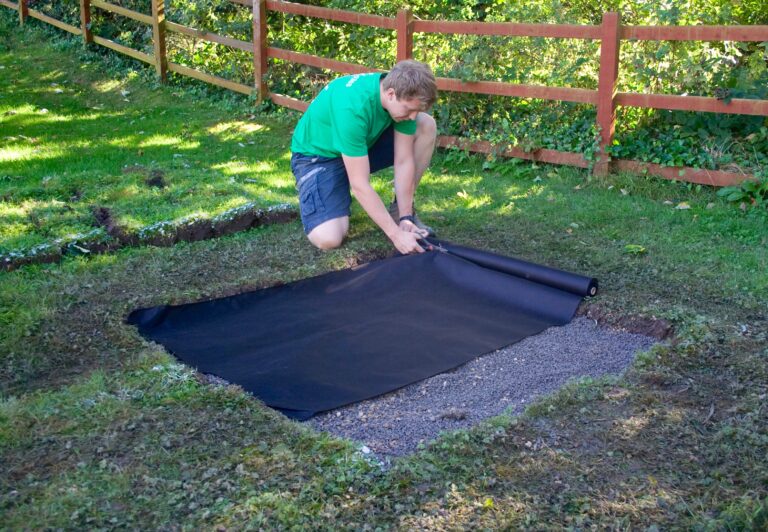
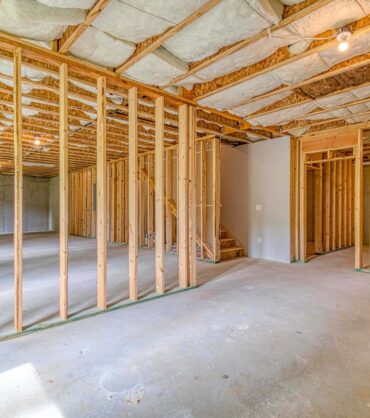
![[GetPaidStock.com]-680786795b816 [GetPaidStock.com]-680786795b816](https://dmvwp.com/wp-content/uploads/2025/04/GetPaidStock.com-680786795b816-370x418.jpg)
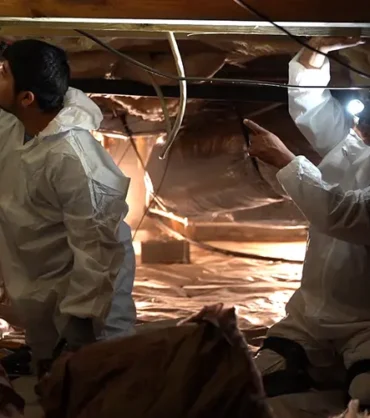
![[GetPaidStock.com]-682c400c87c15 [GetPaidStock.com]-682c400c87c15](https://dmvwp.com/wp-content/uploads/2025/04/GetPaidStock.com-682c400c87c15-370x418.jpg)
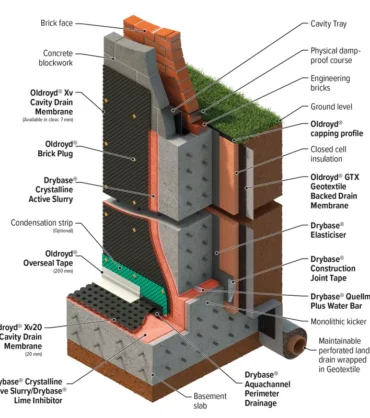
![[GetPaidStock.com]-682c413fa898e [GetPaidStock.com]-682c413fa898e](https://dmvwp.com/wp-content/uploads/2025/03/GetPaidStock.com-682c413fa898e-370x418.jpg)